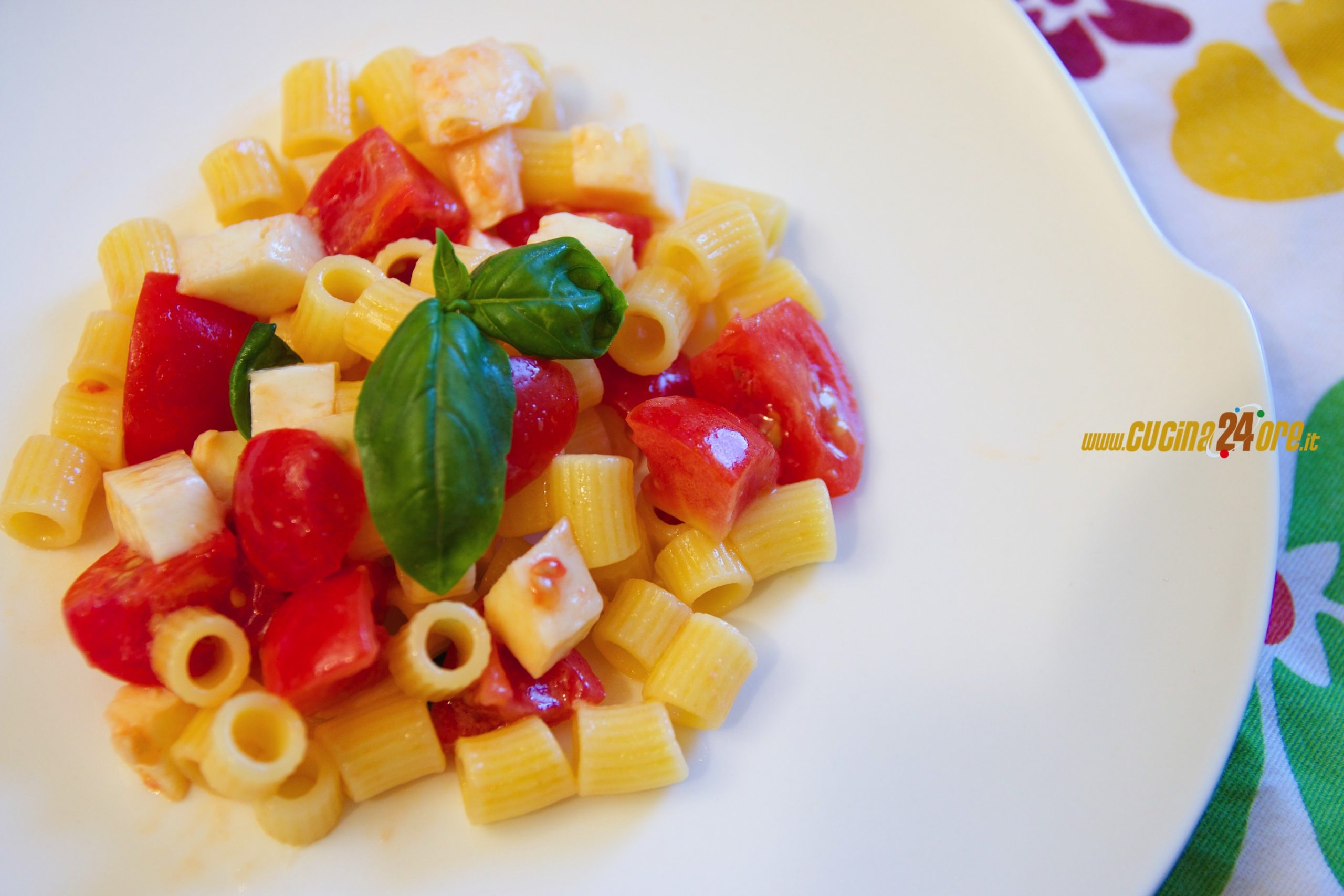We are not simply the users of creation; we are, all of us, called to be its offerers. The world will be lifted, as it was always meant to be, by our priestly love. We can, you see, take it with us. It will be precisely because we loved this Old Jerusalem of a world enough to bear it in our bones that its textures will ascend when we rise; it will be because our eyes have relished the earth that the colors of its countries will compel our hearts forever. The bread and pastry, the cheeses, the wines, and the songs go into the Supper of the Lamb, because we do: it is our love that brings the City home. ~Robert Farrar Capon, Preface to the Second and Third Editions, The Supper of the Lamb
I have felt out of place for much of my life. I was adopted as an infant to parents who divorced when I was five years old. I knew little about where I came from for most of my life. What I did know, what I needed to know, was that I was Italian. I looked Italian enough. My adopted family — on my mother’s side, which is the only side I’ve ever really known — was Italian. What I could rely on throughout my childhood was Sunday dinner, the urgent joy with which my grandmother would feed us and watch us eat. Growing up, the food melded with the religion melded with the family melded with “being Italian,” so that it was difficult to know where one ended and the other began. The limited medical information I had about my birth parents also indicated I was Italian. Italian enough, at least. It was something to hold onto.
Login to read more
Sign in or create a free account to access Subscriber-only content.
